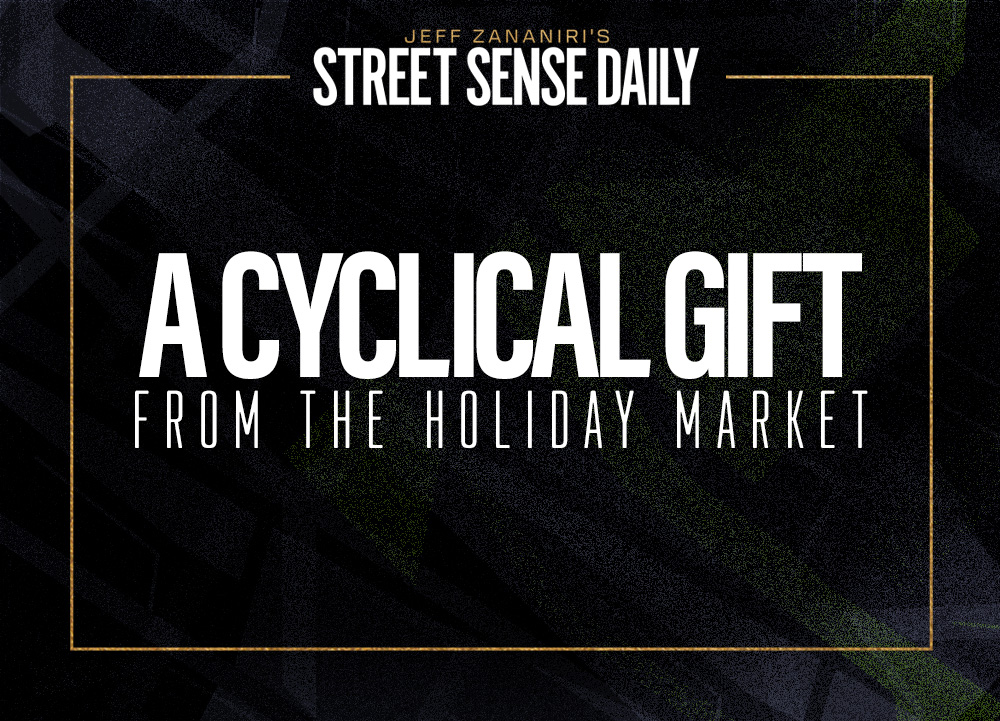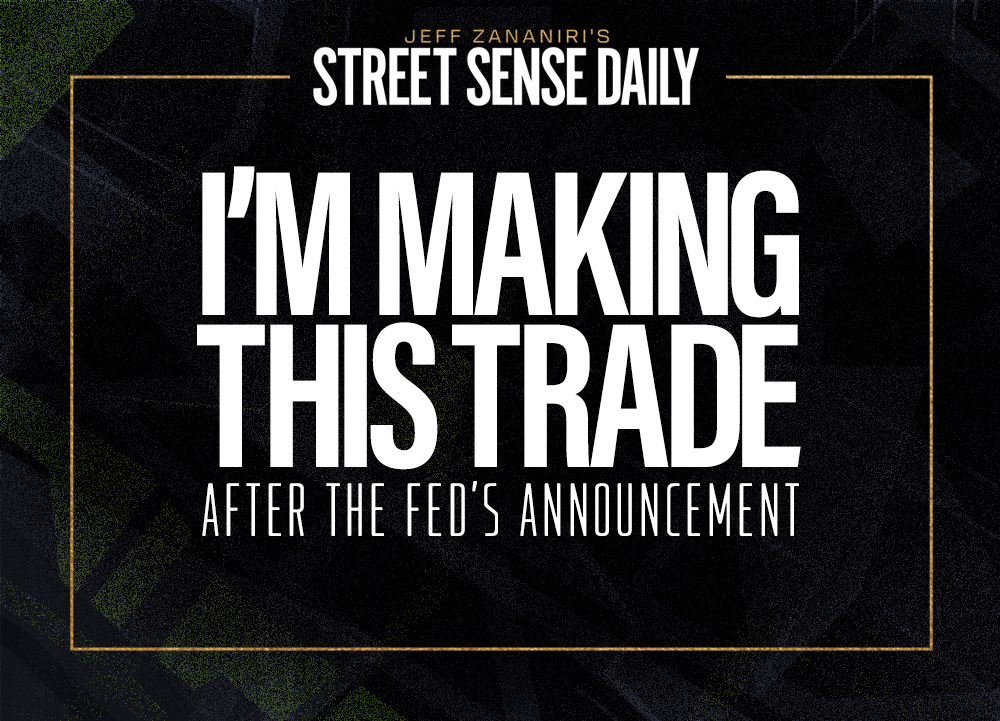Good morning, traders…
Jeff here.
No one should be flabbergasted by the recent price action. The truth is that this sell-off was inevitable.
It’s one of the most predictable aspects of risk assets — what goes up … must come down.
And for more than two years straight, the market has been defying gravity.
Artificial intelligence stocks, cryptocurrency plays, and speculative tech names have exploded in value, often without the earnings to back them up.
We’ve seen microcap stocks surge hundreds of percent overnight, retail traders flood into zero-days-to-expiration (0DTE) options, and margin debt skyrocket to near-record highs.
This was never sustainable. The market was riding a high of FOMO, leverage, and pure speculation — and now it’s facing a brutal hangover.
It’s exactly how every bubble in market history has ended.
The questions are: How much worse can it get? And how do we position ourselves in the near term?
Let’s break down the four main drivers of this market correction, where we go from here, and — most importantly — how you can protect yourself from getting wiped out.
1. A Mania-Driven Bubble Finally Popped
For months, I’ve been saying we’re in a speculative bubble. And it’s called a bubble for a reason — when it blows up big enough, it pops.
The market has been on a momentum-fueled tear, with stocks like Nvidia Corporation (NASDAQ: NVDA), MicroStrategy Incorporated (NASDAQ: MSTR), and Palantir Technologies Inc. (NYSE: PLTR) skyrocketing by hundreds of percent in a year.
But gains like that simply can’t last forever. There’s nothing to back them up. They’re driven by hype, not fundamentals.
The final straws were:
- The Federal Reserve signaling slower rate cuts.
- The political uncertainty regarding trade policy.
When Federal Reserve Chair Jerome Powell hinted that rate cuts wouldn’t come as fast as traders expected, stocks tumbled. That’s because easy money has been the lifeblood of this bubble.
Take away the cheap money, and suddenly, valuations start looking absurd.
Add the uncertainty around how tariffs will affect the economy, and you’ve got the perfect recipe for a popped bubble.
2. Too Much Leverage, Too Fast
If you want to know why this correction has been so sharp, just look at how much leverage has been in the system.
Margin debt is sitting at $720 billion — near record highs. That means traders are using borrowed money to chase gains.
And options trading has turned into a full-blown mania:
- Zero-days-to-expiration (0DTE) options now make up 40% of all options volume. These contracts are the definition of high-risk gambling.
- In 2023 alone, global options and futures volume hit 137 billion contracts, an all-time high.
When the market dipped, those over-leveraged traders got hit with margin calls, forcing them to sell stocks to cover losses.
That selling triggered even more selling. Capitulation.
Once the dominoes start falling, they don’t stop until the weakest hands are wiped out.
3. Speculation Went Off the Rails
It’s not just the leverage that’s been problematic — it’s the speculative mentality.
Think about what we’ve seen in the past year:
- Cryptocurrency stocks exploding higher for no reason
- Quantum computing and space exploration stocks surging without real earnings
- Meme stocks making a comeback
- Social media posts filled with “Stocks only go up” takes
This reminds me of the dot-com bubble, when people were buying anything with “.com” in the name.
Back then, cab drivers and college kids thought they were stock market geniuses. Today, it’s social media traders throwing their paychecks into options they don’t understand.
Every time speculation takes over, the result is the same. When reality hits, the weakest traders get crushed.
4. Expensive Mortgages Led to Retail Gambling
Here’s something most people aren’t talking about…
A huge part of the stock market rally was driven by younger traders who couldn’t afford real estate because high mortgage rates priced them out of the housing market.
When 30-year mortgage rates jumped from 2.96% in 2021 to 7.7% in 2023, an entire generation that would’ve been buying homes had nowhere else to put their money — so they dumped it into Robinhood accounts instead.
But now, rates are starting to come down, sitting at 6.35%.
Meanwhile, capital is shifting out of high-flying growth stocks and into safer assets.
This is likely the start of a longer-term rotation that pulls money away from speculative trades and towards cash, real estate, bonds, and commodities.
It’s long overdue.
And it’s time for you to adjust … or else.
What This All Means
This correction isn’t just noise — it’s a warning shot.
The market has been running on momentum, leverage, and feelings. Now, we’re seeing what happens when those things reverse hard.
Here’s what you need to do:
- Avoid excessive leverage – If you’re using margin, you’re playing with fire. Reduce exposure before the market forces you to.
- Hold cash and stay flexible – The best trades happen after the crash, not before. Be ready to take advantage.
- Stay hedged – Puts on the SPDR S&P 500 ETF Trust (NYSEARCA: SPY), the Invesco QQQ Trust (NASDAQ: QQQ), or Cboe Volatility Index (VIX) calls can help protect your portfolio.
My go-to strategy right now is Burn Notice trades. They’re quick, overnight options plays that won’t overexpose you to broader market risk.
So, if you want to understand exactly how (and why) these trades are perfect in this environment…
Join Danny Phee for a LIVE BURN NOTICE WORKSHOP … TODAY, March 13 at 12:00 p.m. EST
This is your last chance — Click here to reserve your seat.
This correction might get worse before it gets better. But if you take these steps, it won’t take you down with it.
Happy trading,
Jeff Zananiri
*Past performance does not indicate future results


